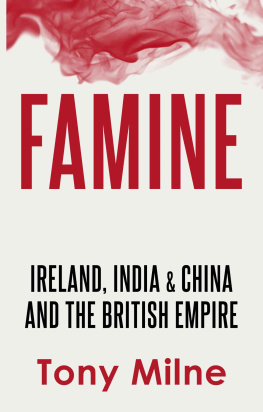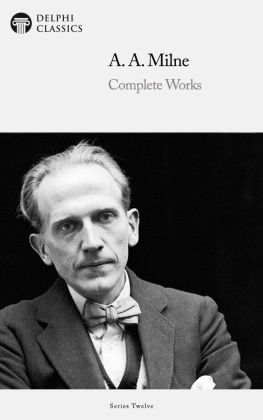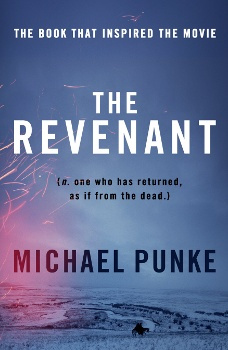Contents
Guide
Pagebreaks of the print version
- i
- ii
- PLI
- PLII
- PLIII
- PLIV
- PLV
- PLVI
- PLVII
- PLVIII
And there was somewhere in me the thought: By Jove! This is the deuce of an adventure something you read about.
Joseph Conrad, Youth
Wind in the Wires first published in 1933
An Escapers Log first published in 1926
This edition combined first published in Great Britain in 2016 by
Pen & Sword Aviation
an imprint of
Pen & Sword Books Ltd
47 Church Street
Barnsley
South Yorkshire
S70 2AS
Copyright Estate of Duncan Grinnell-Milne 2016
ISBN: 978 1 47382 268 9
PDF ISBN: 978 1 47388 468 7
EPUB ISBN: 978 1 47388 467 0
PRC ISBN: 978 1 47388 466 3
The right of Duncan Grinnell-Milne to be identified as the Author of this Work has been asserted by him in accordance with the Copyright, Designs and Patents Act 1988.
A CIP catalogue record for this book is available from the British Library
All rights reserved. No part of this book may be reproduced or transmitted in any form or by any means, electronic or mechanical including photocopying, recording or by any information storage and retrieval system, without permission from the Publisher in writing.
Typeset in Ehrhardt by
Mac Style Ltd, Bridlington, East Yorkshire
Printed and bound in the UK by CPI Group (UK) Ltd, Croydon,
CRO 4YY
Pen & Sword Books Ltd incorporates the imprints of Pen & Sword Archaeology, Atlas, Aviation, Battleground, Discovery, Family History, History, Maritime, Military, Naval, Politics, Railways, Select, Transport, True Crime, and Fiction, Frontline Books, Leo Cooper, Praetorian Press, Seaforth Publishing and Wharncliffe.
For a complete list of Pen & Sword titles please contact
PEN & SWORD BOOKS LIMITED
47 Church Street, Barnsley, South Yorkshire, S70 2AS, England
E-mail:
Website: www.pen-and-sword.co.uk
Contents
List of Plates
The author in 1921
Maurice Farman Longhorn
B.E.2c (Imperial War Museum)
Shorthorn assaulting a German balloon
Dawn on the Lys
Remains of 4086 (Alex Imrie collection)
St Quentin, December 1915
Medlicott, the author and Grantham, 1916
Escape from Friedberg, 1916
A typical room in an officers prison camp, 1917
Elementary form of forged pass, 1918
Finished specimen of forged pass, 1918
Captivity: end Dutch frontier, 17 April 1918
S.E.5a (J. V. Gascoyne)
Fokker D VII (Alex Imrie collection)
Larry (Mrs John Speaks)
Gilly (Mrs Gilchrist)
at least a wing-commander
Johnny
Bloody Bob
Schweinhund the author in his S.E.5a
Author with S.E.5a at the R.A.E., 1968 (Daily Telegraph)
Foreword
H ave you ever wondered, dear reader, who was the man behind the war hero, the real person? What was he like in normal life? Was he an everyday hero helping grandmothers and children across the street or did he have his faults like you and me?
Being Duncans grandson, this question has always been of importance to me. I am very pleased that Wind in the Wires and An Escapers Log are back in print. Since I never met my grandfather, they give me an insight into his life. Both books are very important from a personal and family point of view as part of our family history and both are very interesting as they are a record of wartime flying and captivity.
Duncan married my grandmother, Frances de La Lanne, in 1923 while he was posted as attach in the Air Section of the British embassy in Paris. My grandmother was from a wealthy French family which left their plantations in Haiti and later in France shortly after the French Revolution. In Philadelphia, USA, they made their new home. After the First World War, Frances and her elder sister Mimi, who had lost both parents rather suddenly, left Philadelphia and settled in Paris.
I can imagine Duncan seemed like a dashing officer in Paris during the roaring twenties. My grandparents must have led an exciting life in the city during the period of Josephine Baker, jazz and scandal. But maybe Frances became disillusioned, for in 1927 their marriage broke up. My father Robin was a 2-year-old boy at the time. Frances went on to marry W.H.B. Reay Mirrlees, one-time colonel of 3 Royal Horse Artillery who fought against Rommel in Northern Africa and was later promoted to major general serving with the Royal Artillery in India. Duncan married three times in all.
When I started studying law at the University of Freiburg, Germany, I found out that Duncan had also studied there before the First World War. At that time, in about 1981, I discovered a recording of Duncan broadcasting the news for BBC before the Second World War. The amazing thing was that he was broadcasting in faultless German, French and Italian. I wondered whether his excellent German was one of the reasons why he managed to escape from a German POW camp disguised as a German officer during the First World War.
Only when my father Robin de La Lanne-Mirrlees died in 2012 did I come across an unpublished manuscript written by Duncans brother Douglas. Douglas Grinnell-Milne is sometimes mixed up with my grandfather Duncan since they shared the same initial D and both were pilots in the First World War.
Douglas was ten years older than Duncan. Douglass account starts in the familys home in Ennismore Gardens, London. Their father owned a bank. The Milne family originated from Banff, Aberdeenshire, Scotland, and their ancestors lived at Inchdrewer Castle. Douglas attended Harrow public school.
At the start of the First World War Douglas joined the 7th Fusiliers and, after a year, was seconded to the Royal Flying Corps, just like Duncan. With typically British understatement, he very briefly mentions his war exploits in his manuscript, but he must have been a remarkable fighter pilot, good enough to be included in Pusher Aces of World War I by Jon Guttman. Douglas was eventually shot down and he ended up in the same German POW camp as my grandfather Duncan. This how Douglas reports their encounter:
In a month we all go to Friedberg, and as I walk, I meet my brother Duncan, who has also just walked in from another camp also a pilot in the R.F.C., also shot down, but six months earlier. We get into a room together, dig a magnificent tunnel together with others, forty-six feet long which is discovered by an unlucky chance, then in the end escape together, and in the most amusing way. For this act he and Fairweather and I become quick-change artists, and have four layers. Next to our skin, bandoliers of sausages and biscuit. On top of this civilian clothes. On top of this D. and F. the smartest German uniforms, made out of Russian cloth by the French tailor. On top of this English uniform, i.e. greatcoat and slacks. We can walk breathing is the difficulty, for the sausages are very tight. We have three accomplices and walk with them into the hornets nest a small lobby with three swing doors, through which German clerks come and go continually right in the middle of the German Kommandantur. The trained accomplices tear off our khaki strips of trouser, pull off our khaki coats, hand us new hats, and in two seconds D. and F. and I are transformed into Germans, turn right outside the building, an old sentry rushes for the keys salutes and we sail slowly we cant sail fast out of a side gate.










